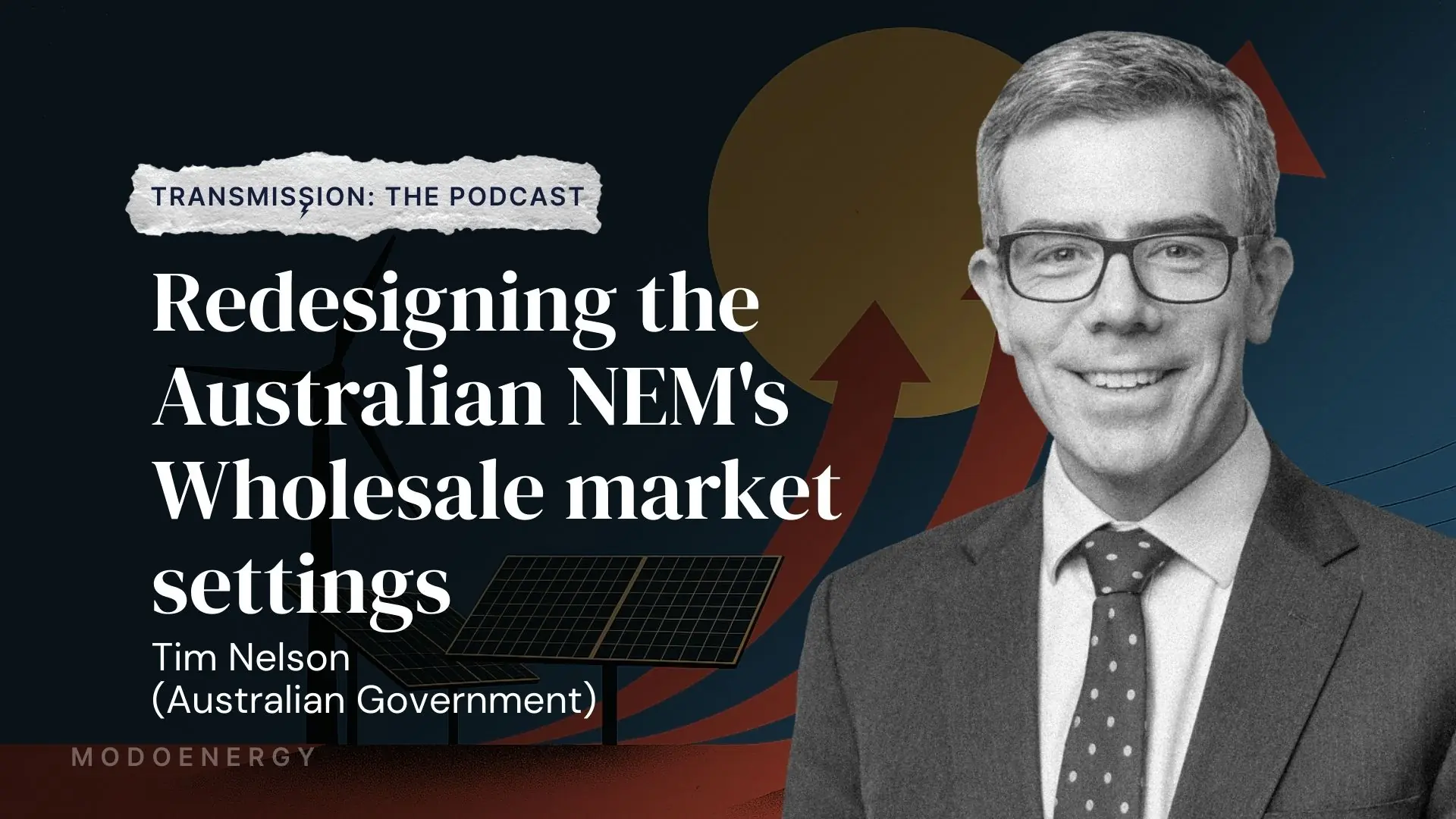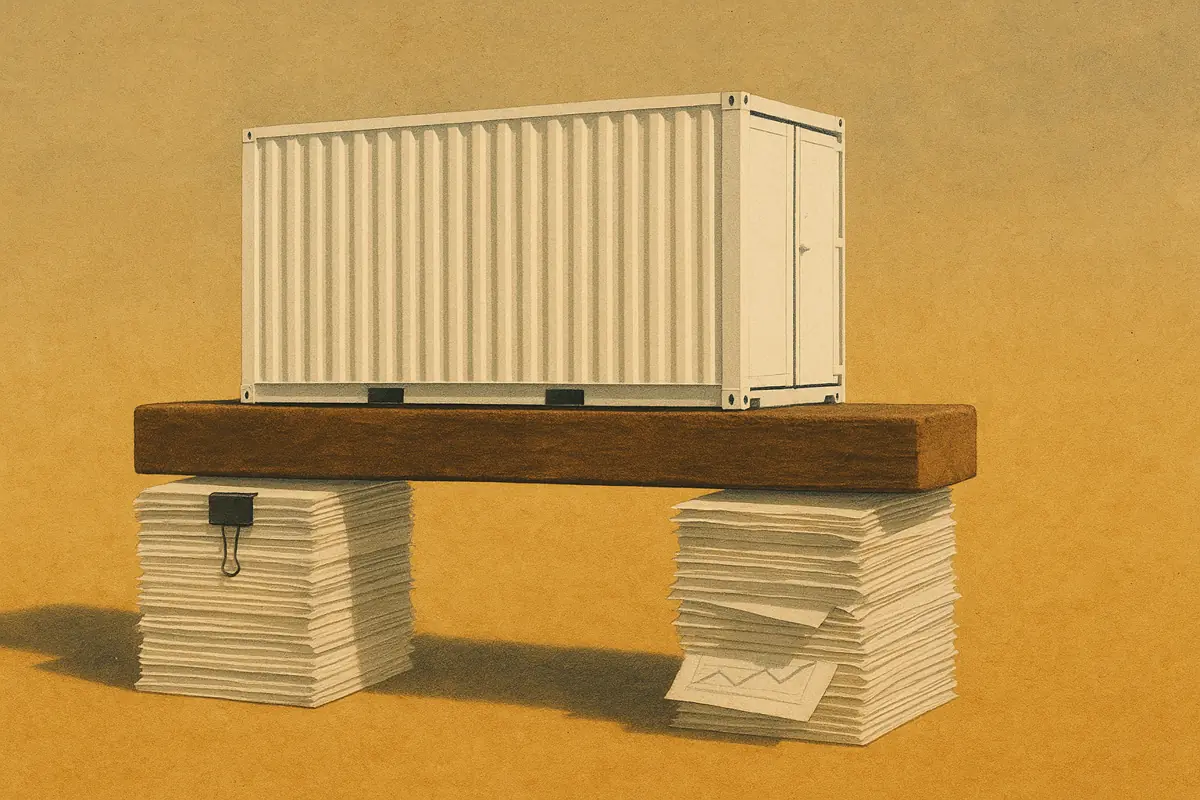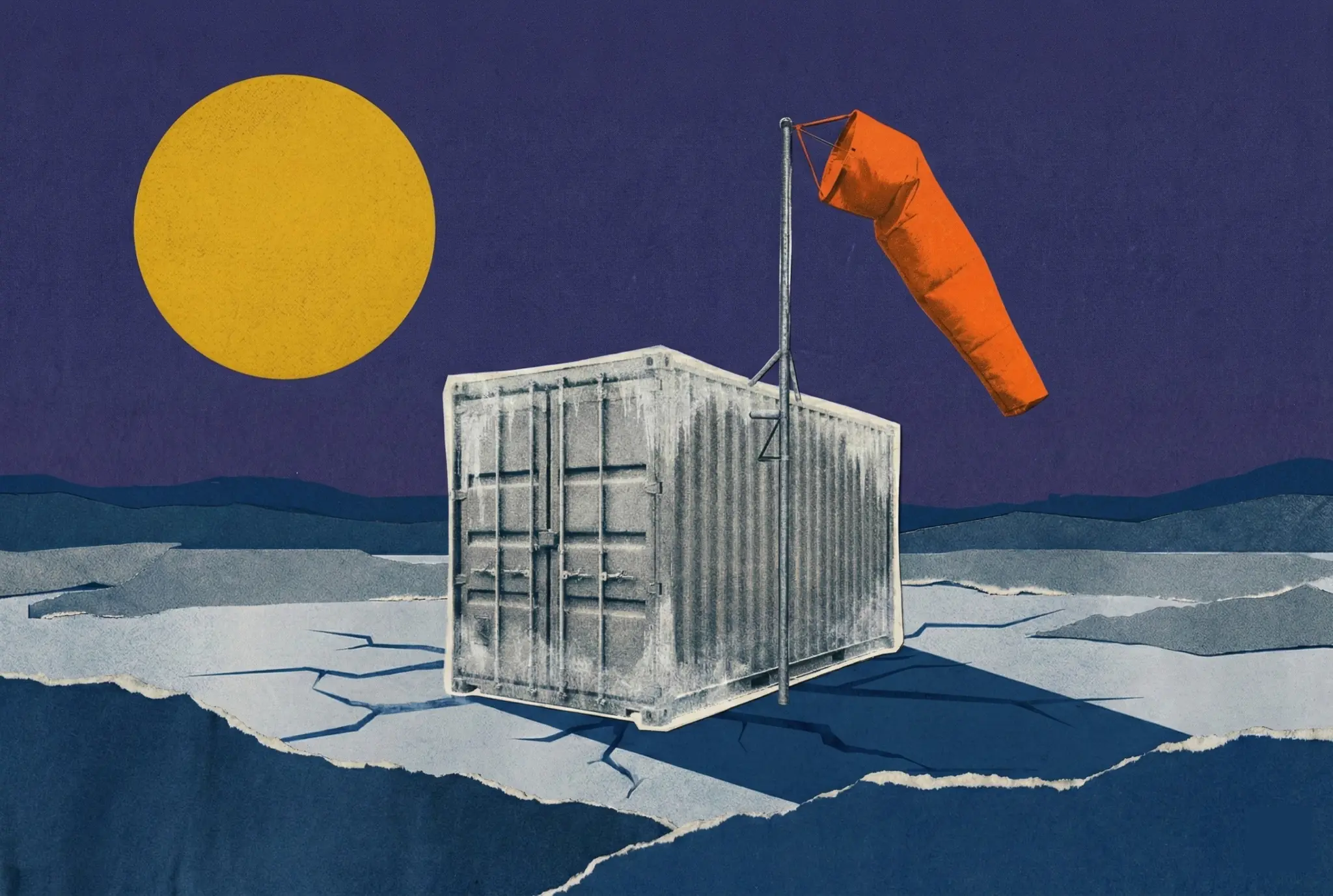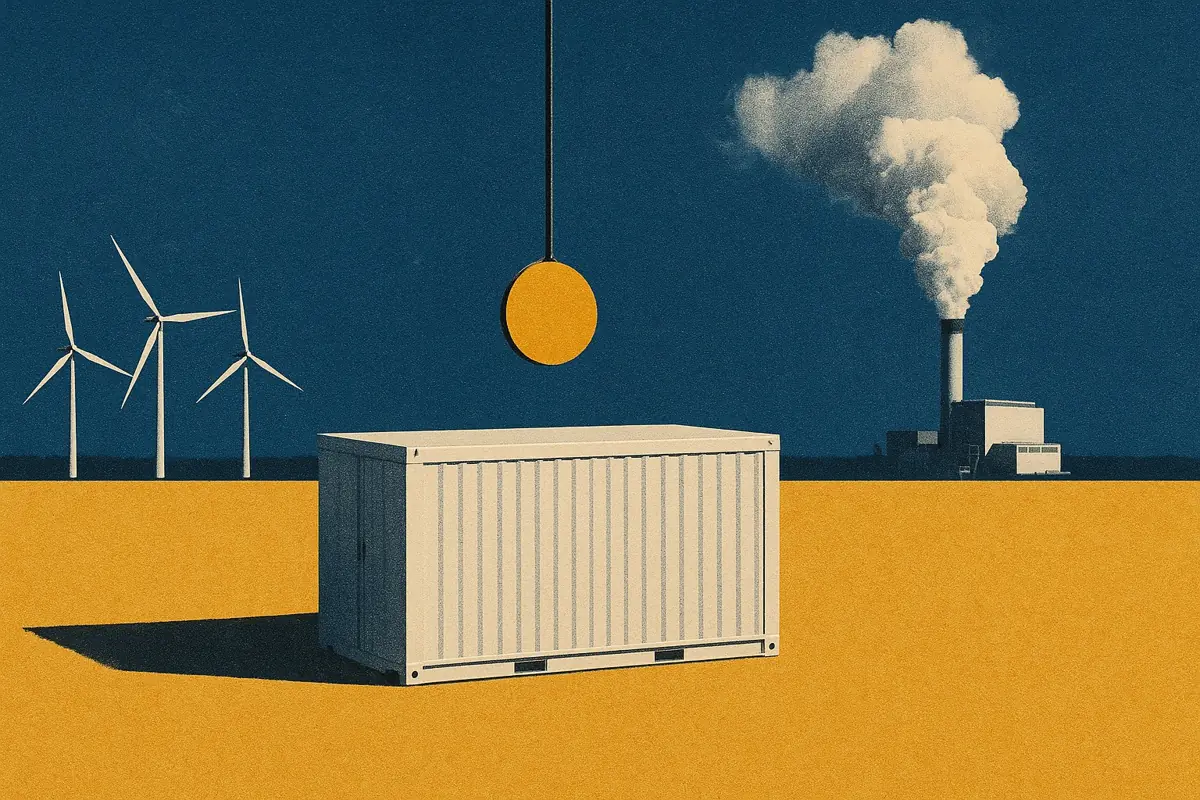Frequency response services are changing rapidly to keep pace with the needs of a transitioning system. Over the next two years, we will see the retirement of legacy services and the introduction of new markets for frequency response. In this piece, we explore these new services. We also estimate the required energy delivery and assess how batteries can participate.
Overview of the new frequency response services
In October 2020, National Grid Electricity System Operator (NG ESO) launched the first version of their new frequency response services - low-frequency Dynamic Containment (DC-LF).
In Q1 2022, two additional frequency response services will launch, completing the new package - Dynamic Containment, Dynamic Moderation, and Dynamic Regulation (DC, DM and DR). Each product addresses a specific requirement for managing frequency. Together they allow the ESO to manage frequency across the full delivery range of legacy services.
The three services are split into two groups:
- Pre-fault - to prevent large frequency deviations, and keep frequency inside operational limits.
- Post-fault - to resolve large frequency deviations, and bring frequency back inside operational limits.
Table 1 below gives an overview of the new services.

Response profiles
The response profiles of DC and DM contain an initial and secondary delivery range, separated by a 'knee-point', as shown in Figure 1. Only a partial response is required in the initial delivery range, limited to 5% of contracted capacity. In the secondary delivery range, a full response of up to 100% of contracted capacity is required.

Comparing the energy requirements of the new services
For providers of frequency response services, the volume of delivered energy required is dependent on how grid frequency changes over time. To understand this in more detail, we have modelled contracted response for the new frequency response services. This is based on 2020 grid frequency data.
Figure 2 shows the percentage of time spent in key frequency response zones. With this, we can understand for how long, and to what extent, each service is used (see Table 2).


Key takeaways:
- Frequency remains inside the deadband (50 +/- 0.015 Hz) 13% of the time. This requires no response from units providing any of the services.
- DC and DM spend very little time in the secondary range. For DM, full delivery of the service is required 12% of the time. For DC, full delivery is required only 0.12% of the time.
The energy requirements of the individual services vary due to differences in response profiles. Based on 2020 frequency data, Figure 3 shows the average daily energy requirement of each service (for a 1 MW contract).

Key takeaways:
- Delivered energy is lower for DC and DM than for DR. This is due to the knee-point delivery profile.
- In DC, 98% of imports and exports are delivered on the initial delivery range, since post-fault response is rarely required.
- DR has the highest energy requirement. This is due to its narrow delivery window around 50 Hz.
How will energy storage participate in DC, DM and DR?
When providing frequency response, there are two key considerations for energy storage:
- State of charge (SoC) management.
- Cycling.
To participate in DC, providers must manage SoC to ensure they can always deliver the full contracted capacity for 15 minutes. For DM and DR, SoC requirements are still under consultation. The most likely outcome is that assets will need to maintain enough energy for 30 minutes of full service delivery. This could pose an issue for one-hour systems. Holding enough energy to deliver in either direction at full power would require an asset to sit perfectly at 50% SoC. In this scenario, shorter duration assets would need to bid into DR and DM at lower capacity to avoid this issue.
Table 3 shows the SoC management requirements for each service (average daily SoC change/day), and cycling estimates (cycles/day). Here, we assume a 1 MW site with a one-hour duration (1 MWh energy capacity) entering each market at full capacity, with 88% round trip efficiency (RTE). Contracts are assumed to be awarded on a 24/7 basis.

Key takeaways:
- The highest daily SoC changes are found in asymmetric services. As such, symmetric participation is advised for energy storage. This is to minimise SoC management costs.
- DR is less suitable for energy storage. This is due to high cycling rates (2.84 cycles/day), high SoC management requirement (38% SoC/day losses), and slow response time (10 seconds).
- DC is the lowest throughput service. It has cycling rates of 0.14 cycles/day. This is up to 10 times lower than estimated cycling in merchant markets.
Roundup
- Together DC, DM, DR will replace the ESO’s existing frequency response markets.
- No response is required for any service 13% of the time.
- DC and DM have the lowest energy requirements. This is due to their knee-point response profiles.
- Symmetric DC response has a very low cycling rate and fast response time. This makes it well suited to battery energy storage.
- While technically possible, battery energy storage is unlikely to participate in DR. This is due to high SoC management requirements, high cycling rates and slow response times.







